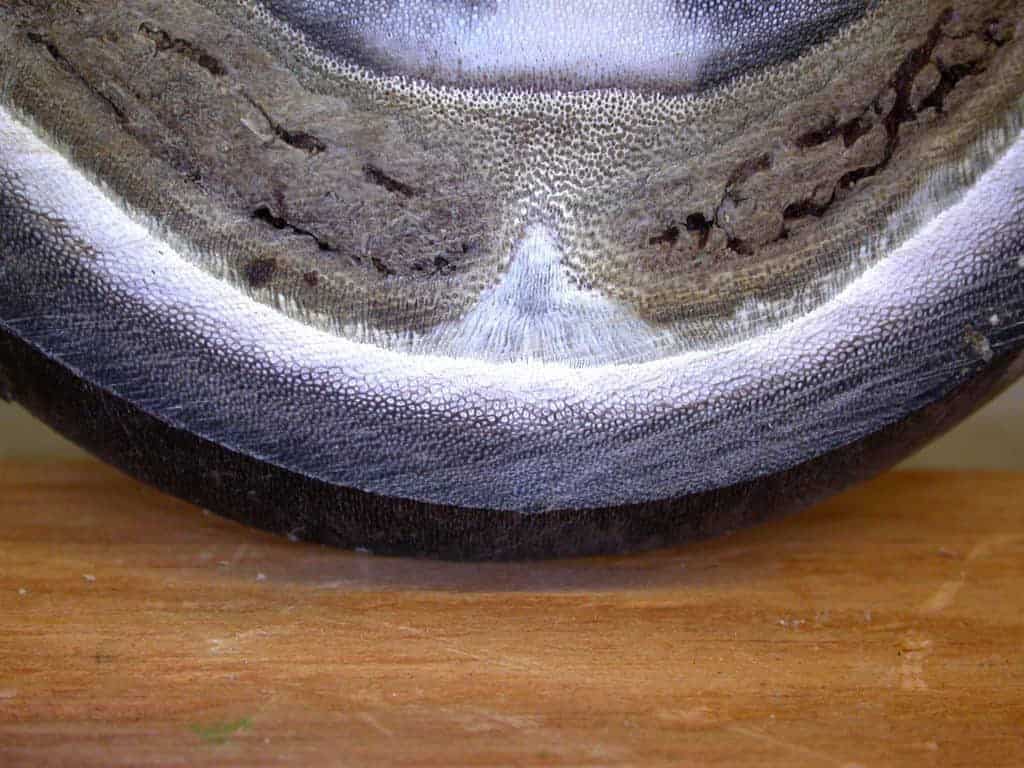New Gene Chip Could Help Detect, Treat WNV in Horses
Researchers developed a “brain and immunity chip” to characterize molecular changes in the equine brain.
Researchers developed a “brain and immunity chip” to characterize molecular changes in the equine brain.

Research is needed to determine if the toe crena could be used as a prognostic indicator for laminitic horses.

Chronic pain can’t be ignored, as it negatively impacts both a horse’s physiology and his mental health.
Contrary to popular belief, feral horses are not exempt from developing laminitis.
Nearly 6,400 veterinary professionals, guests, and exhibitors attended the 2011 meeting.
The first of multiple studies in the laminitis research campaign is already under way at Texas A&M.
The winning research proposals address issues surrounding ERV diagnosis, symptomatology, and treatment.
Michelle LeBlanc, DVM, Dipl. ACT, received the award at the 2011 WEVA Congress in Hyderbad, India.

Cryotherapy is known to have anti-inflammatory and pain relieving effects, both of which help affected horses.
The award honors a nonveterinarian individual who has made substantial contributions to veterinary medicine

The use of force plate-based technology could quantify lameness severity in chronically laminitic horses.
Texas A&M professor Noah Cohen, VMD, MPH, PhD, Dipl. ACVIM, delivered the Frank J. Milne lecture Nov. 20.
Two equine researchers were presented today with the inaugural 2011 EQUUS Foundation Research Fellowships.
The presentation discussed evidence-based approaches to treating airway disease (such as heaves) in horses.

Blikslager was selected by an international panel chaired by David Hodgson, BVSc, PhD, Dipl. ACVIM, FACSM.
The evening will include a high-speed treadmill demonstration and an Equine Science Center activity update.
Stay on top of the most recent Horse Health news with
"*" indicates required fields